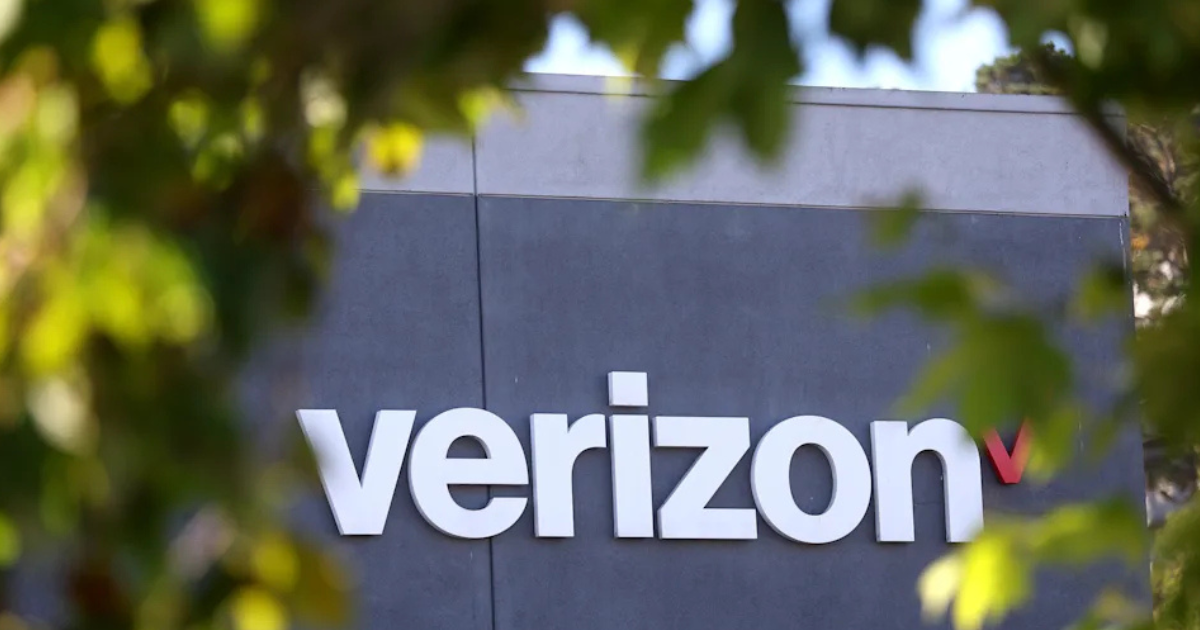Verizon Outage Map 2025: Cities Affected, Causes & How to Restore Network
October 10, 2025 | by karanveerbanwait62@gmail.com

Check the Verizon outage map to see affected cities, understand the causes, and learn effective ways to restore your mobile and 5G services.
By Karanveer Singh
I’m Karanveer Singh, and I have been working in blogging and digital marketing for over eight years. My passion has always been technology, particularly smartphones, network systems, and new innovations that shape the way we communicate. I enjoy exploring every new feature of mobile technology and writing about how it impacts our daily lives. One of the most pressing topics in recent weeks has been the Verizon outage map, which shows the extent of one of the largest network disruptions in the United States. This outage not only affected millions of Verizon customers but also highlighted how vital connectivity has become in today’s fast-paced world.
What the Verizon Outage Map Shows
The Verizon outage map is more than just a visual tool; it is a real-time representation of network issues affecting users across the country. During the recent outage, the map illuminated the areas experiencing mobile signal loss, slow 5G connections, and interruptions in Verizon’s home internet services. Users could see red and orange hotspots indicating regions with the highest concentration of complaints, while green zones represented areas with stable connectivity.
This map helps customers differentiate between local device problems and widespread network issues. By checking the Verizon outage map, users can understand whether a signal drop is specific to their area or part of a nationwide problem, which reduces unnecessary frustration and uncertainty.
Overview of the Verizon Network Disruption
In early October 2025, Verizon users began experiencing sudden drops in network connectivity. Many reported seeing “SOS” or “Emergency Calls Only” on their smartphones, while others experienced frequent switching between LTE and 5G networks. Social media quickly became flooded with user complaints, prompting the Verizon outage map to update continuously as the situation unfolded.
Experts suggest that the cause of this outage was a software issue within Verizon’s core network systems, possibly linked to configuration errors. Although the technical details are complex, the visible impact was clear: millions of customers experienced interruptions in both mobile and home internet services. Verizon’s engineering teams worked around the clock to stabilize the network, and by the next morning, the Verizon outage map indicated that services were gradually returning to normal.
Cities Most Affected by the Outage
The recent network disruption was widespread, impacting both major metropolitan areas and surrounding suburbs. The Verizon outage map highlighted New York City, Boston, Washington DC, Chicago, Seattle, Phoenix, and Atlanta as the hardest-hit cities. In these locations, users experienced varying levels of connectivity loss, ranging from intermittent 5G access to complete signal failures.
In New York City, thousands of users reported complete mobile network interruptions, while Boston saw slow and unstable 5G connections. Washington DC experienced similar issues, with some residents only able to make emergency calls. The disruption was significant enough to affect business operations, home internet users, and daily mobile communication, making it one of the largest Verizon network interruptions in recent memory.
Why the Verizon Outage Map is Important
During widespread outages, uncertainty can often be more frustrating than the outage itself. The Verizon outage map provides clarity, showing real-time updates and the severity of the disruption in different regions. It allows customers to see whether their location is affected and helps them make informed decisions about troubleshooting or alternative communication methods.
For Verizon, the map also serves as a critical monitoring tool. By analyzing the concentration of complaints, engineers can identify the most impacted areas and deploy resources more effectively. The transparency offered by the Verizon outage map improves user trust and allows the company to respond more efficiently to technical challenges.
Restoring Connectivity During an Outage
Even after the main outage was resolved, some users experienced lingering connectivity issues. Simple actions often helped restore service. Restarting devices allowed phones to reconnect to the nearest cell towers, while toggling Airplane Mode briefly refreshed network settings. For those relying on mobile service for essential communication, Wi-Fi calling provided a temporary workaround until full service returned.
These measures, while basic, proved effective for most users. They highlight the importance of understanding one’s device and network capabilities. The Verizon outage map complements these efforts by confirming whether disruptions are system-wide or limited to a particular location, allowing users to act with confidence.
Impact of the Outage on Daily Life
Network outages like this have a profound effect on daily life, particularly in an era where connectivity drives business, communication, and even entertainment. The recent Verizon disruption caused delays in work, difficulties in communication, and interruptions to essential online services. By consulting the Verizon outage map, users could monitor progress and plan their day around the service restoration timeline.
This incident also emphasized the reliance on robust network infrastructure. With millions of users depending on Verizon for reliable mobile and home internet access, even a brief disruption has far-reaching consequences, from personal inconvenience to economic impact.
Verizon’s Response to the Outage
Verizon publicly acknowledged the outage and assured users that their engineering teams were addressing the software issue. The Verizon outage map showed a gradual improvement as technical teams worked to restore full connectivity. By the next day, most affected areas displayed stable service, although some regions experienced minor fluctuations.
The company’s transparent communication, combined with the real-time mapping of network issues, helped reduce confusion and frustration among users. It also served as a reminder that even large-scale networks are vulnerable to occasional disruptions but can recover quickly with efficient monitoring and response systems.
Lessons Learned from the Outage
The Verizon outage offers several valuable lessons. For telecom providers, it underscores the importance of continuous system monitoring, rapid troubleshooting, and clear communication with customers. For users, it highlights the usefulness of tools like the Verizon outage map, which allow them to verify the nature of an outage before taking unnecessary steps or panicking.
Moreover, this event demonstrates how intertwined technology and daily life have become. Connectivity is no longer a convenience; it is a critical part of personal and professional routines. Maintaining reliable network infrastructure is therefore essential for both telecom providers and end-users.
Conclusion
The Verizon outage map proved to be an invaluable resource during the recent nationwide disruption. It provided clarity, transparency, and actionable insight for users affected by the outage. While the disruption caused temporary inconvenience, Verizon’s rapid response, combined with real-time mapping, ensured services were restored efficiently and users remained informed throughout the process.
In an increasingly connected world, tools like the Verizon outage map are not just useful; they are essential for understanding, managing, and adapting to network disruptions. By staying informed and leveraging available tools, users can navigate outages with minimal impact and maintain uninterrupted communication in their daily lives.
Author’s Note:
I’m Karanveer Singh, a technology enthusiast and digital marketer. Over the past eight years, I have explored mobile technology trends, network updates, and innovative solutions that shape the way we connect. Writing about these topics allows me to share insights that help readers understand and navigate the ever-evolving world of technology.
